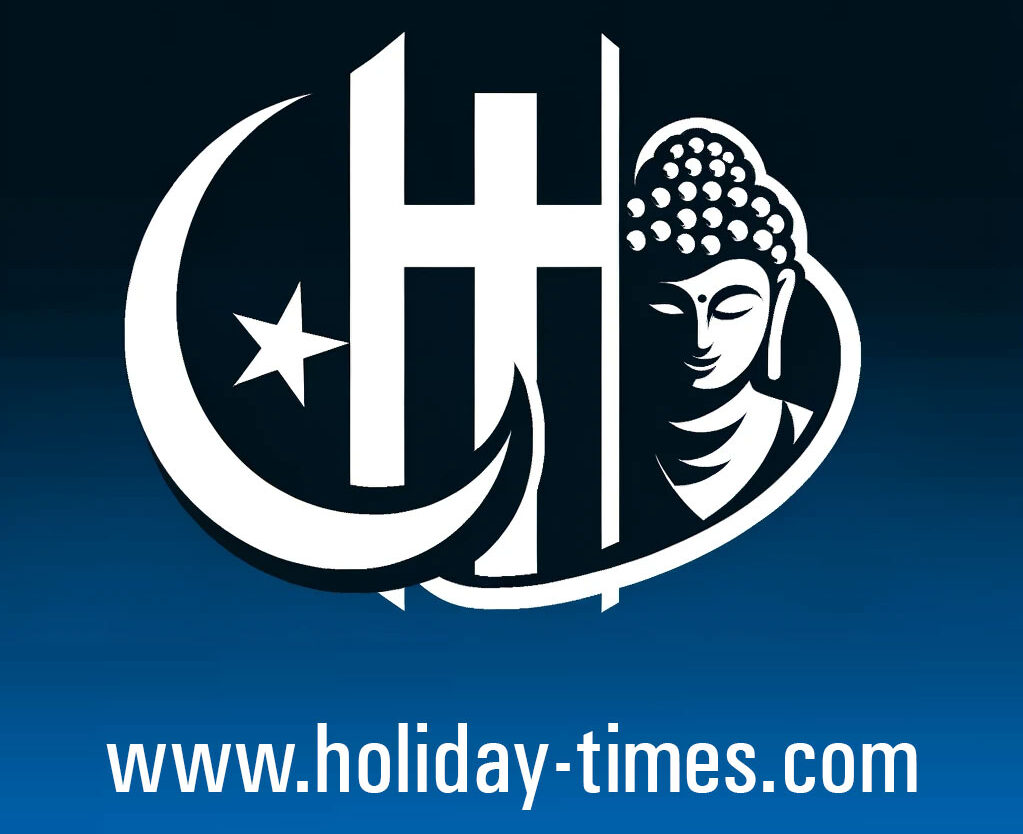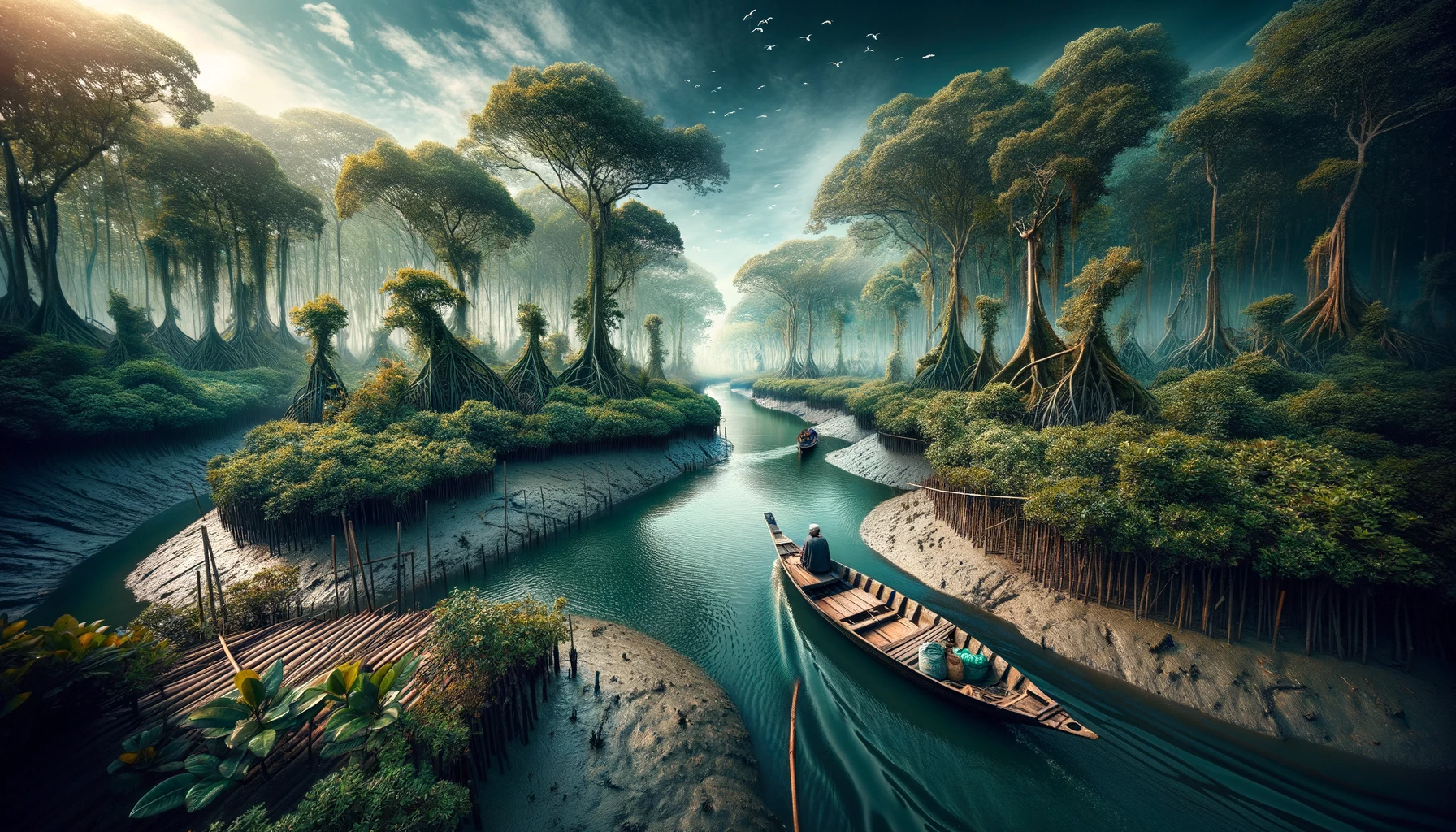Bangladesh is a country with a rich cultural heritage and a rapidly developing economy. It faces significant challenges, particularly related to its environmental vulnerability and political landscape, but remains a key player in South Asia with substantial potential for future growth.
List of Public, Religous and National Holidays in Bangladesh for the year 2025
- Shab e-Barat is on Saturday, 15th February 2025.
- Shaheed Day is on Friday, 21st February 2025.
- Independence Day is on Wednesday, 26th March 2025.
- Laylat al-Qadr is on Thursday, 27th March 2025.
- Jumatul Bidah is on Friday, 28th March 2025.
- Eid ul-Fitr Holiday is on Saturday, 29th March 2025.
- 2. Eid ul-Fitr Holiday is on Sunday, 30th March 2025.
- 3. Eid ul-Fitr is on Monday, 31st March 2025.
- 4. Eid ul-Fitr Holiday is on Tuesday, 1st April 2025.
- 5. Eid ul-Fitr Holiday is on Wednesday, 2nd April 2025.
- Bengali New Year is on Monday, 14th April 2025.
- May Day is on Thursday, 1st May 2025.
- Buddha Purnima is on Sunday, 11th May 2025.
- Eid ul-Adha Holiday is on Thursday, 5th June 2025.
- 2. Eid ul-Adha Holiday is on Friday, 6th June 2025.
- 3. Eid ul-Adha Holiday is on Saturday, 7th June 2025.
- 4. Eid ul-Adha Holiday is on Sunday, 8th June 2025.
- 5. Eid ul-Adha Holiday is on Monday, 9th June 2025.
- 6. Eid ul-Adha Holiday is on Tuesday, 10th June 2025.
- Ashura is on Sunday, 6th July 2025.
- National Mourning Day is on Friday, 15th August 2025.
- Shuba Janmashtami is on Saturday, 16th August 2025.
- Eid-e-Milad un-Nabi is on Friday, 5th September 2025.
- Vijaya Dashami is on Thursday, 2nd October 2025.
- Victory Day is on Tuesday, 16th December 2025.
- Christmas Day is on Thursday, 25th December 2025.
List of Public, Religous and National Holidays in Bangladesh for the year 2024
- Shaheed Day: Wednesday, 21 February 2024
- Shab e-Barat: Monday, 26 February 2024
- Sheikh Mujibur Rahman’s Birthday: Sunday, 17 March 2024
- Independence Day: Tuesday, 26 March 2024
- Jumatul Bidah: Friday, 5 April 2024
- Eid ul-Fitr Holiday: Wednesday, 10 April 2024
- 2. Eid ul-Fitr: Thursday, 11 April 2024
- 3. Eid ul-Fitr Holiday: Friday, 12 April 2024
- Bengali New Year: Sunday, 14 April 2024
- May Day: Wednesday, 1 May 2024
- Buddha Purnima: Wednesday, 22 May 2024
- Eid ul-Adha Holiday: Sunday, 16 June 2024
- 2. Eid ul-Adha: Monday, 17 June 2024
- 3. Eid ul-Adha Holiday: Tuesday, 18 June 2024
- Ashura: Wednesday, 17 July 2024
- National Mourning Day: Thursday, 15 August 2024
- Shuba Janmashtami: Monday, 26 August 2024
- Eid-e-Milad un-Nabi: Monday, 16 September 2024
- Vijaya Dashami: Sunday, 13 October 2024
- Victory Day: Monday, 16 December 2024
- Christmas Day: Wednesday, 25 December 2024

Interessting Facts and Infos about Bangladesh
- Population: 171 million (UN, 2022)
- Capital: Dhaka
- Area: 143,998 sq km (55,598 sq miles)
- Money: 1 taka = 100 paisa
- Internet domain: .bd
- International dialling code: +880
More Informations at BBC News
History
- Ancient and Medieval Period: Region known as Bengal, historically rich, part of various empires including the Maurya and Gupta Empires, and later Islamic Sultanates.
- British Colonial Era: Fell under British rule in the 18th century. The Bengal Presidency was a major center of trade and political power.
- Partition and Independence: Part of Pakistan as East Pakistan after the partition in 1947. Gained independence in 1971 after a liberation war, becoming the People’s Republic of Bangladesh.
Geography
- Location: Situated in South Asia, bordered by India, Myanmar, and the Bay of Bengal.
- Terrain and Climate: Dominated by the Ganges-Brahmaputra delta, the largest delta in the world. Prone to flooding and cyclones. Has a tropical monsoon climate.
- Natural Resources: Fertile land with diverse flora and fauna, significant reserves of natural gas, and a long coastline.
Culture
- Rich Traditions: A blend of Bengali cultures, with influences from Hinduism, Buddhism, and Islam. Notable for its literature, music, dance, and art.
- Language and Literature: Bengali (Bangla) is the official language. The region is known for its rich literary heritage, including Nobel laureate Rabindranath Tagore.
- Festivals and Cuisine: Celebrates numerous festivals like Durga Puja and Eid. Cuisine known for its use of rice, lentils, fish, and distinctive spices.
Economy
- Agriculture: Traditionally an agrarian economy, with rice and jute as the main crops.
- Garment Industry: One of the world’s largest garment producers, a key driver of economic growth.
- Economic Development: Rapid economic growth in recent years, with efforts to diversify into sectors like technology, shipbuilding, and pharmaceuticals.
Society
- Demographics: One of the world’s most densely populated countries, with a diverse mix of ethnic and religious communities.
- Education and Healthcare: Focus on improving education and healthcare systems, with significant progress in recent decades.
- Urbanization: Rapid urbanization, with Dhaka being one of the largest and fastest-growing cities in the world.
Environmental Challenges
- Climate Change Impact: Highly vulnerable to climate change, with risks of sea-level rise, cyclones, and river erosion.
- Sustainability Initiatives: Efforts in forest conservation, wildlife protection, and adapting to climate change.
Government and Politics
- Political Structure: A parliamentary democracy, with a president as the head of state and a prime minister as the head of government.
- Domestic and Regional Issues: Political landscape characterized by intense rivalry between major political parties and challenges in governance.
Tourism
- Natural and Cultural Attractions: Home to the Sundarbans mangrove forest, Cox’s Bazar (world’s longest sea beach), ancient archaeological sites, and vibrant cultural heritage.
- Potential Growth Sector: Tourism is an emerging sector, with the potential for significant growth.

